By Brian Hibbs
Despite now being in retail for over thirty years now, I have to admit that there are times that I worry about the death of small-business retail.
Now my fears are certainly driven by the area I am in – San Francisco has both rapidly escalating retail rents, as well as rapidly escalating labor costs, which combine to a pretty big one-two punch – but there’s also the slow leak of sales to online sources, where only a relatively small change can have pretty dire impacts on retailers.
Let’s take a look at these individually? In terms of rent, commercial renters usually have little to no rights. As near as I can tell, nowhere in America is there any kind of commercial rent control – it is actually against state law in California after the city of Berkeley experimented successfully with the technique in the eighties. That means that landlords can (and do) jack up rents by as much as they want, with no limits other than what-can-the-market-bear.
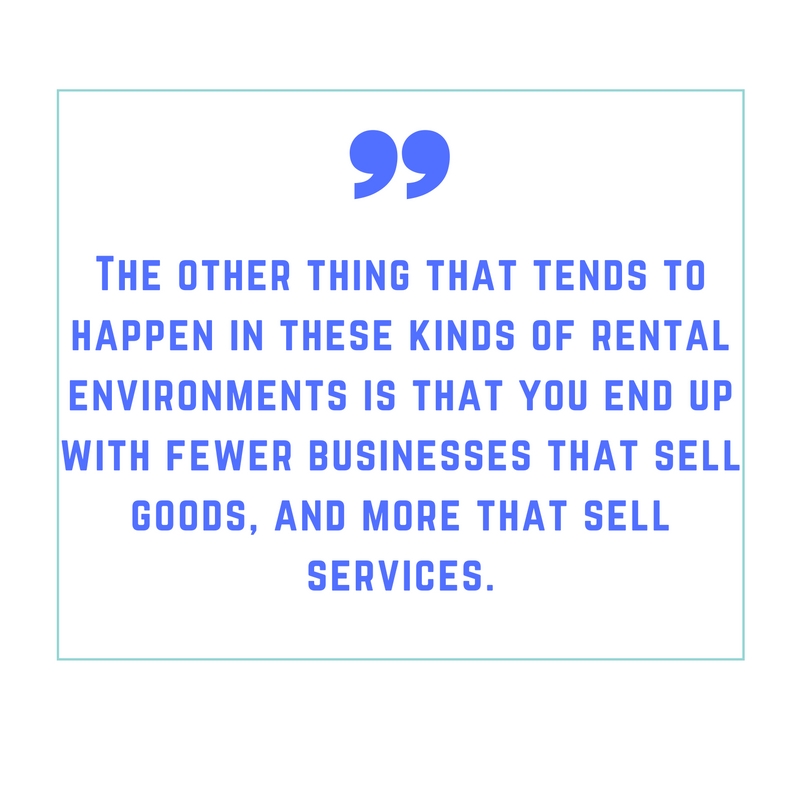
The other thing that tends to happen in these kinds of rental environments is that you end up with fewer businesses that sell goods, and more that sell services – the four block commercial corridor of 24th St. near my home has something like ten different financial services/mortgage brokers businesses now that used to mostly be retail sales not that long ago. Or retail spaces instead became restaurants or cafes or nail salons. As neighborhoods gentrify in that fashion, commercial corridors become ever less enticing for consumers, creating a sort of spiral that’s increasingly hard to combat. These are things that are hard to legislate or combat, but I truly think there is value in preserving retail space as retail space to encourage active commercial districts to thrive and to build community by having more people face-to-face.
Rising labor costs are also a significant problem for many businesses – the rise in San Francisco to $15/hour really threatened to put me out of business because I would have had to increase sales by a staggering eighty grand a year just to stay in the same place. We’ll talk about solutions further along, but I want to observe that I think that minimum wages set floors on the ability of retail to stay in business – while certain kinds of businesses can more readily absorb these increased costs, many categories (like bookstores like my own, where everything we sell has a preprinted, manufacturer-set price on it) just don’t have that flexibility. I think minimum wages also tend to have a much larger multiplier depending on the size of your community. In San Francisco, I have eight hundred thousand (or so) “potential customers”, but just a few hours away in, dunno, Yreka California, with its population below eight thousand souls, adding 50% to your labor costs might make it so most retail simply isn’t viable as a result – heck, the entire county of Siskiyou (Yreka is the county seat) barely has forty-five thousand people living in it; how could someone running a small retail business there afford those kinds of hourly rates easily?
Some people suggest that the answer is more internet-driven purchases. I’m not at all convinced, however, that this is how most people want to shop. Beyond the obvious social aspects of getting out of your house and interacting with other humans, I can also categorically say that there’s nothing that I sell that can’t be found profoundly less expensively on-line, and yet our customer counts have increased over the last five- and ten-year periods.
I generally think that people prefer shopping for physical goods in physical stores, and that only a very small percentage of consumers prefer an exclusively on-line experience – but the problem is that, in physical retail, even small percentage changes can markedly change the profit potential of close-to-the-edge businesses. For a lot of small businesses 2% can be the difference between profit and breaking even (or even taking a loss). What this means is that even a small shift in customer buying habits can mean that the preferences of a majority of consumers are faced with the loss of retail around them.
So what is the solution? One might be some form of crowdfunding or patronage. It looks to me that more and more businesses are using some form of patronage as a way to shore up the structural changes happening around them.
Just in my immediate area there are several membership/sponsorship programs that I am aware of: Here’s one for venerable science fiction / fantasy bookstore Borderlands, here’s one for the model independent bookstore Kepler’s (they claim to have more than five thousand members!), here’s one for the iconic progressive book store, Modern Times, in the Mission. And beyond ongoing patronage, there are a tremendous number of “one time” crowd-funded cash infusions, like this one raising money for Video Wave, a local video store in one of San Francisco’s wealthier neighborhoods.

The club is also staff-driven in terms of content and selection. As we’re picking a newly-released-that-month book for each month, we get advance reading copies of each month’s releases that look the best, and then the entire staff reads and votes on what our selection will be. We vote Eisner-Awards-style, where we each rank all of the choices from worst-to-best, assign a point value to each ranking, and the highest scoring books wins. We think this system ensures a consistently excellent monthly selection while at the same time giving the staff absolute agency.
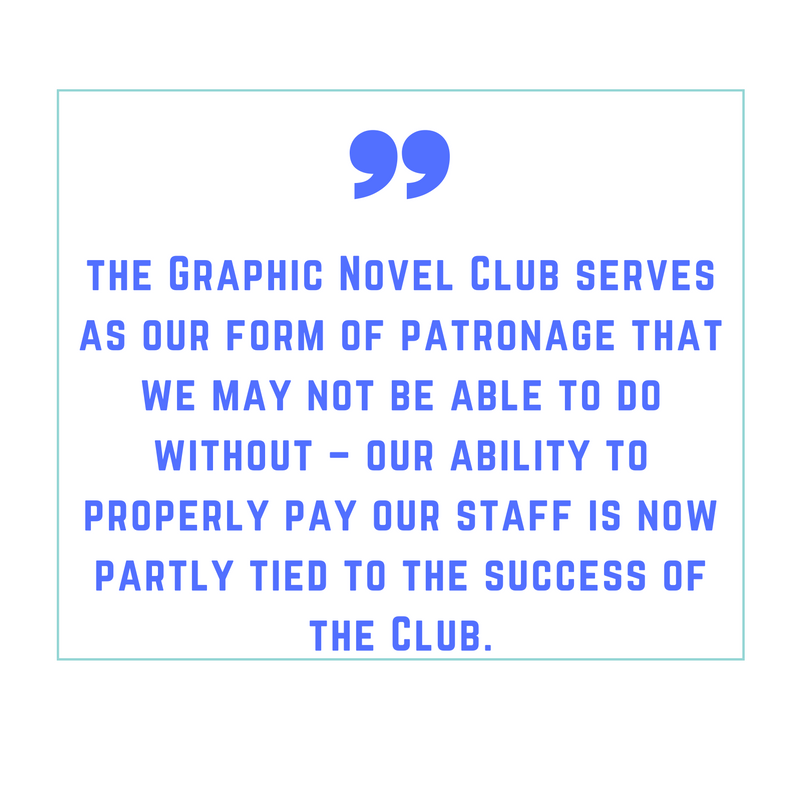
Finally, we arrange for the creator(s) of the works to exclusively speak with the club – whenever possible we have them in face-to-face, but failing that we do a video call. In fact, we stream each and every club meeting so that our members who are out of town (or out of the country) can participate as well. In the eighteen months we’ve been doing this we’ve been lucky enough to have conversations with such luminaries as Neil Gaiman, Daniel Clowes, Raina Telgemeier, Gene Yang, and the proverbial Many More. It’s kind of cool to discuss comics and how the craft and process is different for each creator, and we always love new members to join in.
But more than being something fun and distinctive to my business, the Graphic Novel Club serves as our form of patronage that we may not be able to do without – our ability to properly pay our staff is now partly tied to the success of the Club and our ability to convince people to stay a part of it. This worries me somewhat, because it seems like we can no longer survive solely from the sales of books alone because of rising costs – despite our gross sales being higher now than they have ever been in twenty-seven years of business! This is a conundrum for me, and really requires a complete rethink of the way that entrepreneurs traditionally approach business.
As I said, California (and San Francisco specifically!) is, sadly, a little ahead of the curve on this because of how rapidly our expenses have soared in such a short time, but odds are pretty good that at least some of the underlying changes in expenses will continue to expand out through the country. Can the next generation of retailers – and nearly 53% of all retail is led by small businesses – parse that challenge on top of the other barriers to entry that small businessmen are regularly asked to face?
While we have many strong examples of businesses rising to the challenge, it would seem clear that not every store can possibly depend on patronage, if for the least reason that there are only so many patrons to go around. While you might be willing to support my business, can you support ten other businesses? Twenty? As the measures of success start to drift beyond merely “filling a niche” or “serving your clientele” into “can you successfully crowdfund?” it seems to me that the very nature of retail will inevitably change and mutate. In this, small retail bookstores (with little price control over our merchandise) like mine are actually the canaries in the coal mine.
**************************
Brian Hibbs has owned and operated Comix Experience in San Francisco since 1989, was a founding member of the Board of Directors of ComicsPRO, has sat on the Board of the Comic Book Legal Defense Fund, and has been an Eisner Award judge. Feel free to e-mail him with any comments. You can purchase two collections of the first Tilting at Windmills (originally serialized in Comics Retailer magazine) published by IDW Publishing. You may also find an archive of pre-CBR installments right here, a list of columns from the CBR years here (New link as of 9/2016!), and also the archives here at the Beat. Brian is also available to consult for your publishing or retailing program.


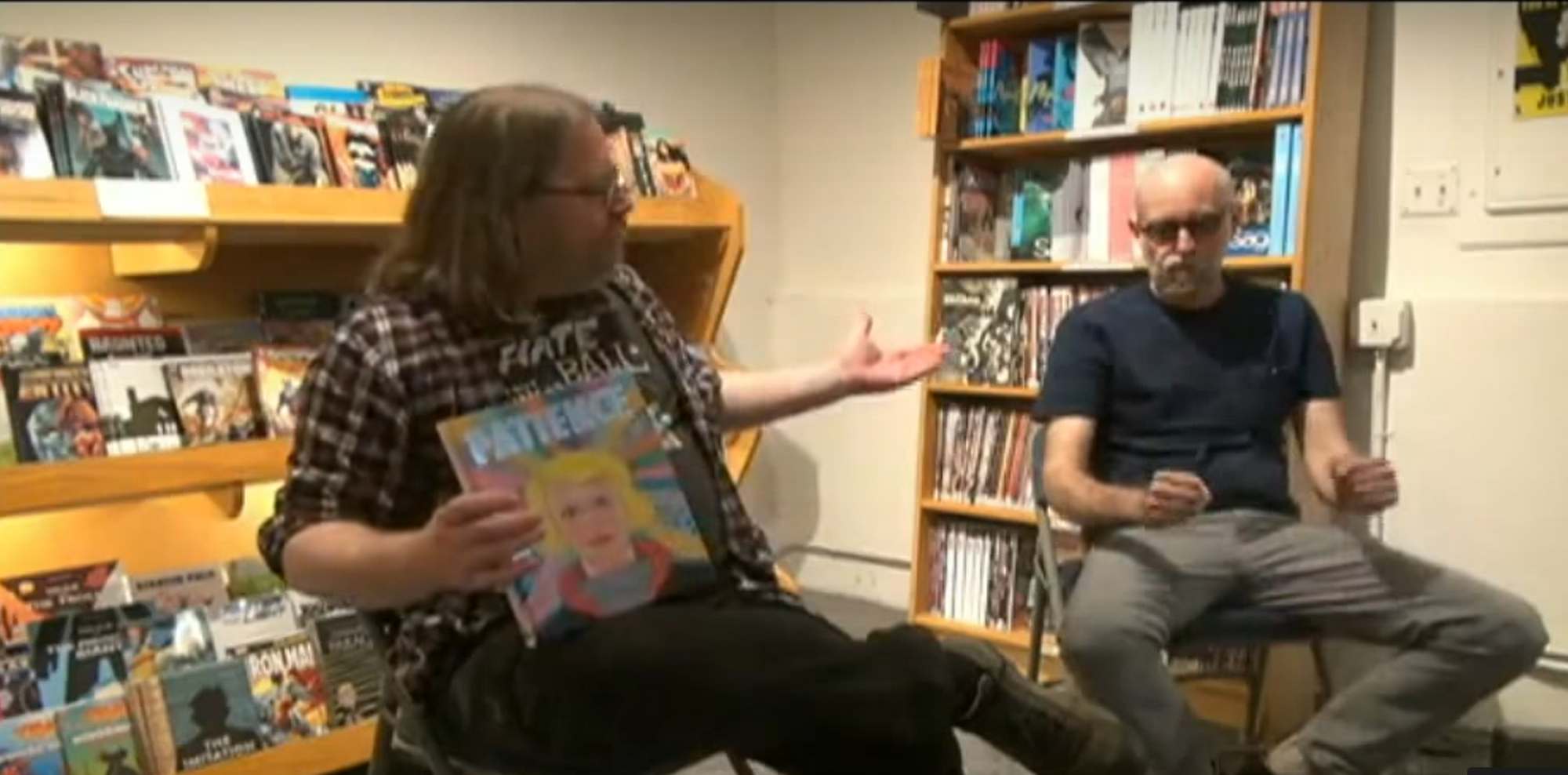



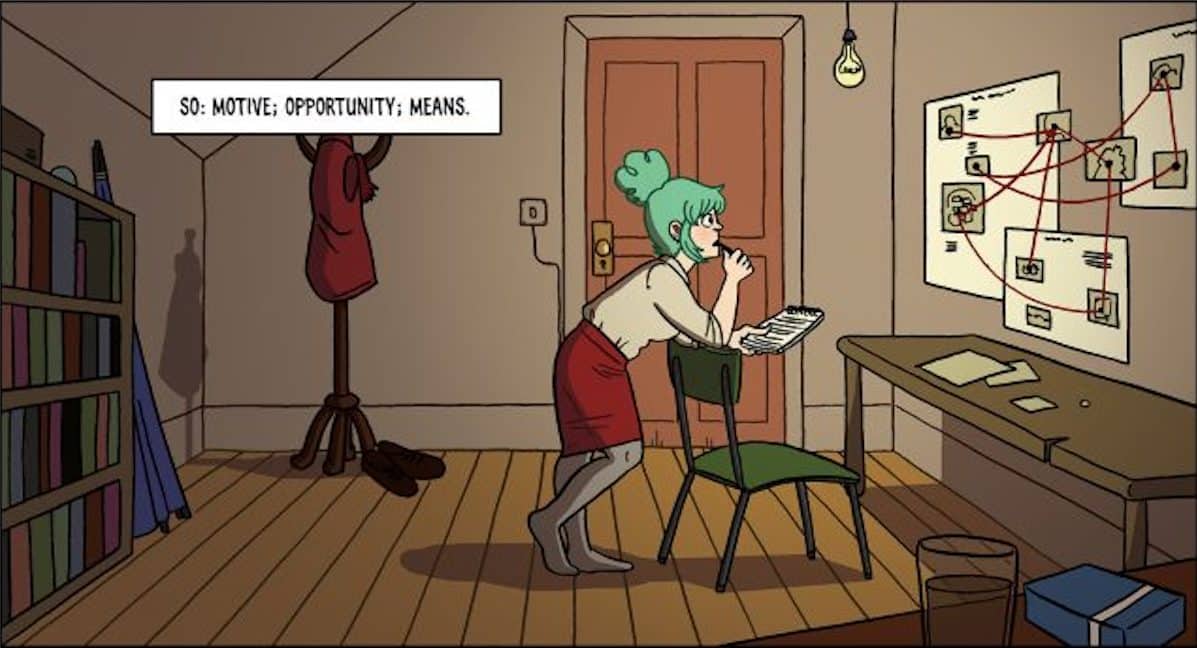
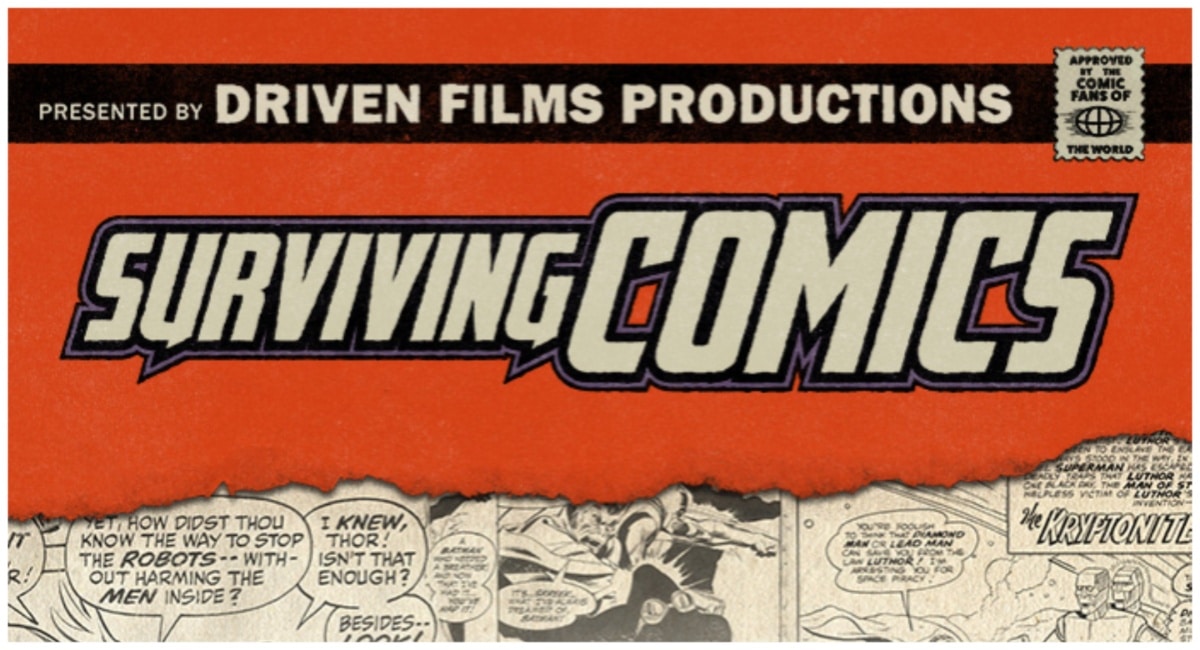


http://hitchhikers.wikia.com/wiki/Shoe_Event_Horizon
The flipside of this is the nickel fare in the New York City subway system.
The lines were run by two commercial corporations.
The fare was controlled by a political board.
The board was loathe to lick the third-rail by raising the fare.
Both companies cut costs, the subway fell into disrepair, and it’s only now, in the 21st Century, that capital improvements (funded by borrowing) have helped it recover.
Nickel fare = minimum wage.
Interesting perspective on retail survival in the comic biz. I support my local stores, but see that I am still doing 99% of the ” work” to stay informed about upcoming comics; which makes me question my loyalty; should I be paying less because the staff are simply ringing my purchases in through the cash register? When the only value added is that I get to look at their shelves instead of a web page? What “should” a good comic shop be doing for its loyal customers?
1) Curating their selection
2) Matching individual consumer taste to individual work
3) Providing a safe space for community to develop
4) Providing a venue for creators to engage their consumers.
Many customers don’t really WANT a lot of those — they just want a place to buy the latest BATMAN — but aspirationaly, I think that’s what any kind of store centered on creative arts should be doing.
It’s a great question, though, Al, and I’d love to see how other people answer!
-B
Good article! Lots of food for thought! Hang in there, Brian, and compatriots in the comics shop biz–we need you!!!
It will certainly be the end of dumb small retail. By “dumb” I mean the store serves as nothing more than an end point of distribution to the customer.
Sentimentality of “that’s the way we used to do it” isn’t going to spur enough patronage to save small retail.
What Brian has done by adding value to the experience is the right play. Become as much a SERVICE business as a product based one. Provide a premium that makes people willing to spend more and build customer loyalty (or as Brian has put it, a community)
Then again, how many “dumb” comics retailers are left? Most of the one’s I’ve seen have closed up shop a long time ago. (Then again I’m in a part of Maine that’s not the middle of nowhere, but off to the side of everywhere.)
A really interesting piece, and one that’s given me a new perspective. Congratulations on whoever thought about the graphic novel club as a way to help with costs and inspire customer loyalty. Genius.
My LCS went out of business when the owner retired. My other LCS went out of business when the owner went broke. Neither of these shops were anything other than a place to pick up the local BATMAN. There was no effort made to engage customers or offer suggestions of new picks.
At the local bookstore, however, the small staff is friendly and knowledgeable. I pay more out of pocket when I buy a book there, but I want the store to flourish and succeed. They have a lot of regulars; at least, they have a lot of customers that I recognize when I go shopping.
Brian is pretty bang-on with his four points.
I opened a shop alongside my wife in a city where there was something around 15 different Diamond accounts operating. Not the smartest move, but out of those shops, I felt as though there was something lacking – and I no longer felt like I had room to grow at the shop I was working at. So after a split second of attempting freelance (with my considerably lacking writing skills), we opened, and focused pretty much on providing the experiences Brian described. It’s worked remarkably well for us – and gave us the means to be able to whether a change in the ownership structure (bye bye third partner) and a move in location and still manage an upward sales trajectory.
Meanwhile, some of those accounts are disappearing or regrouping. So gotta be doing SOMETHING right, yeah?
Comments are closed.